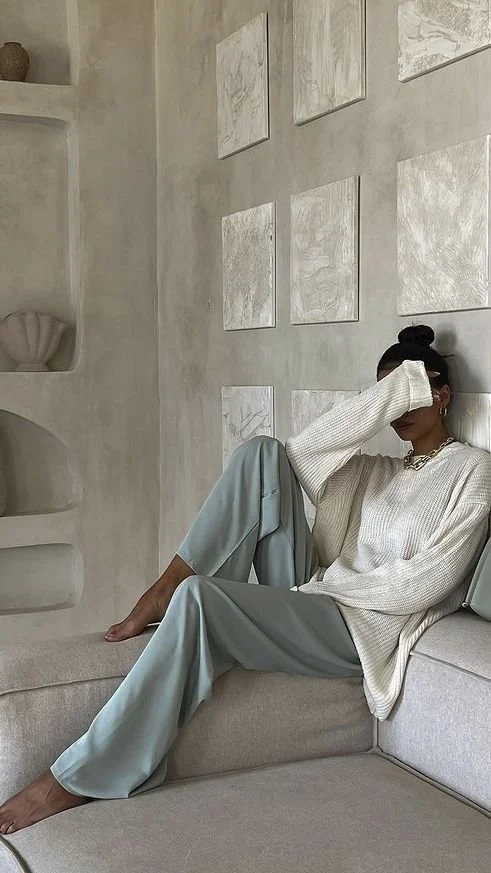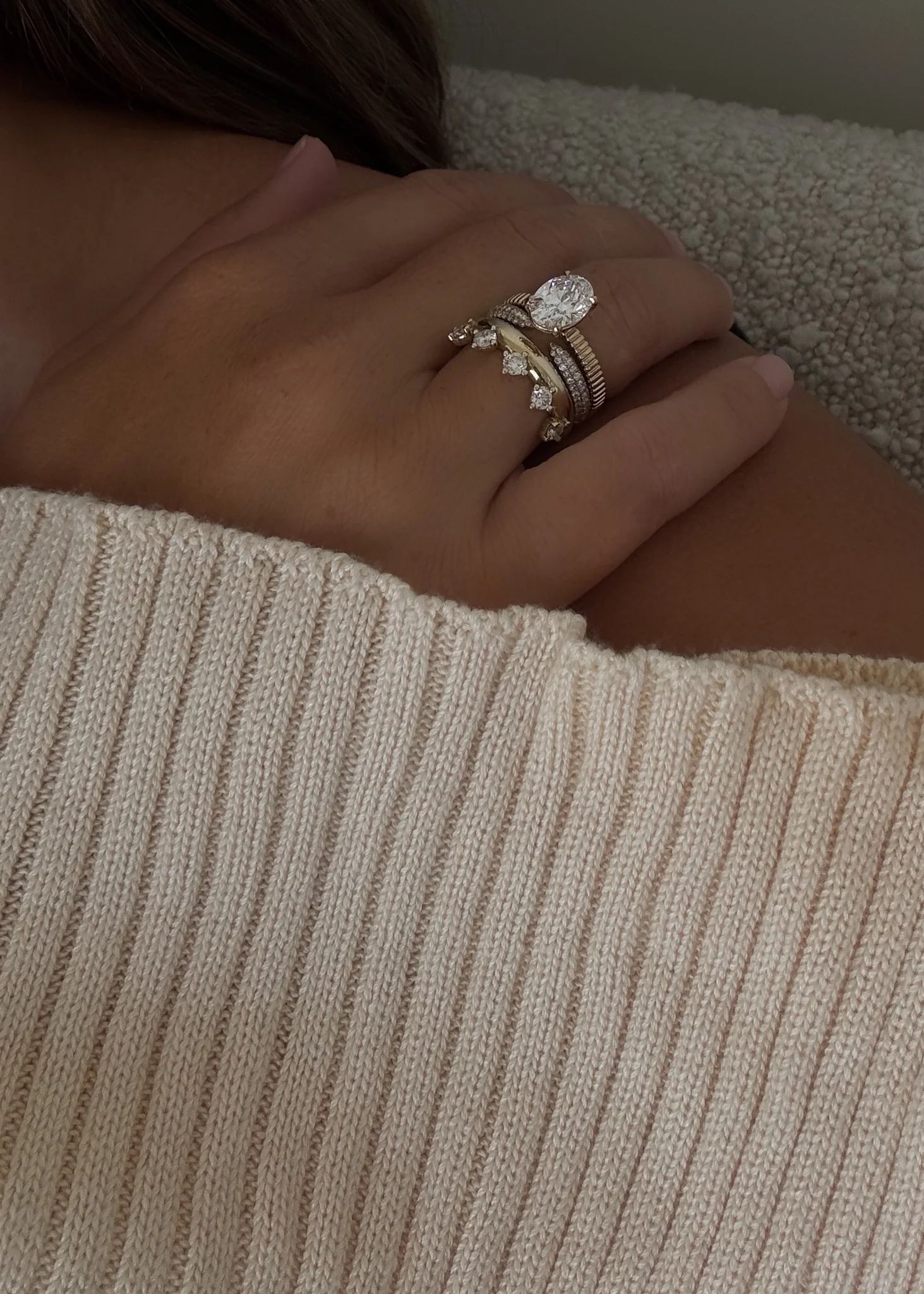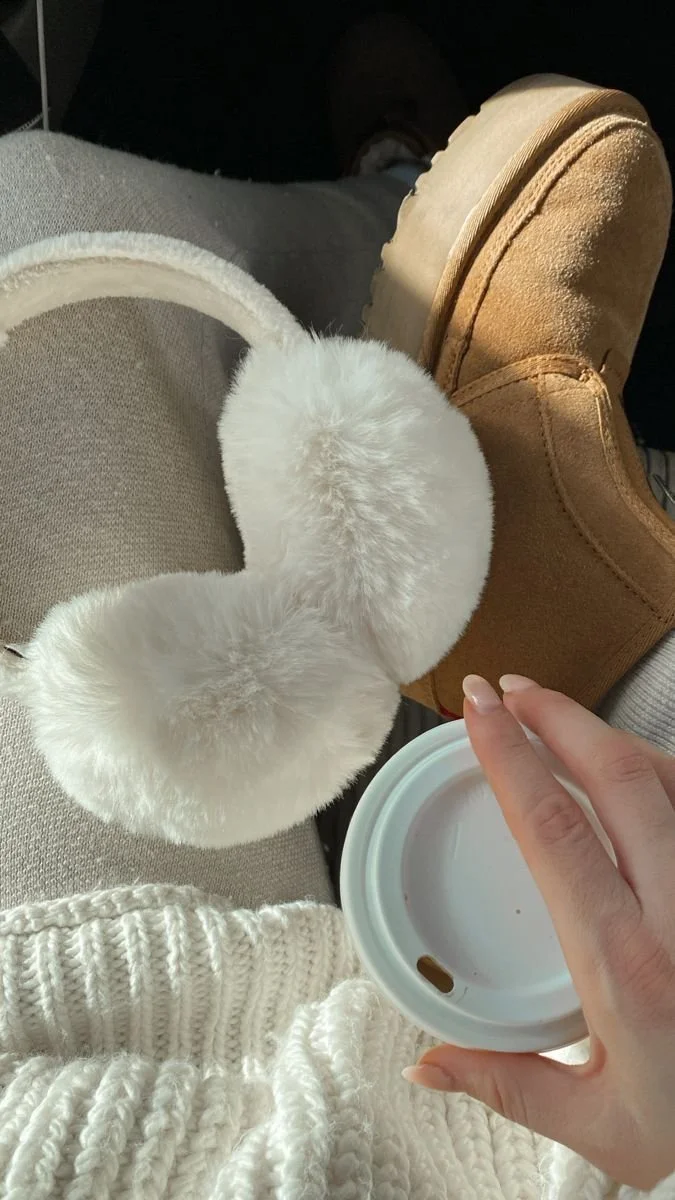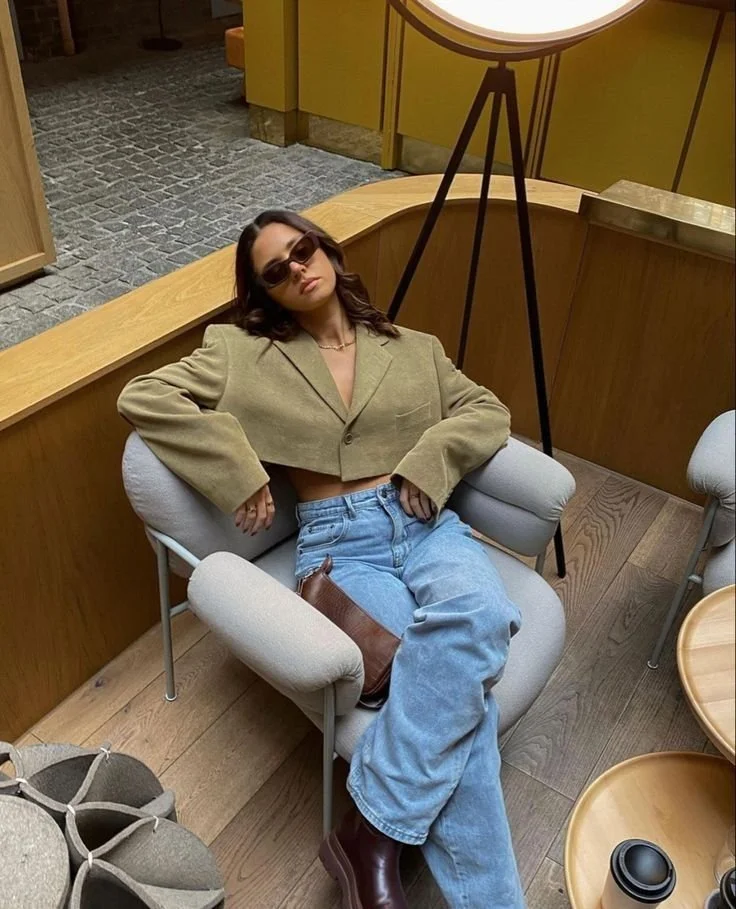Which iPhone Cases Work Best With Screen Protectors?
When it comes to safeguarding your sleek new iPhone, pairing a high-quality case with a reliable screen protector is the gold standard. But here's the twist: not all cases are screen protector-friendly. The wrong combination can lead to frustrating air bubbles, edge lifting, or even worse—damage to your device.
In this guide, we explore the science behind case and screen protector compatibility, break down the best materials and designs, and recommend top-performing combos for every iPhone model. Whether you're rocking the latest iPhone 16 Pro or holding onto a trusty iPhone 14, this article will help you find the perfect protection duo—without compromise.
No. 1
Why Some iPhone Cases and Screen Protectors Don’t Work Together
Before diving into the best case-protector pairings, it’s essential to understand why compatibility issues arise in the first place. This knowledge will help you avoid common pitfalls and make smarter buying decisions.
The “Edge Lift” Phenomenon
Have you ever installed a screen protector only to see its edges slowly peel away? This is known as edge lift, and it’s a common issue caused by cases with overly aggressive lips or tight-fitting edges. When the case presses against the protector, it creates pressure points that eventually cause the adhesive to fail—leading to unsightly bubbles and reduced protection.
Material Interactions That Matter
The materials used in both your iPhone case and screen protector play a critical role in compatibility.
For example:
Rigid polycarbonate cases often have sharp, inflexible edges that can push against screen protectors.
Flexible TPU (thermoplastic polyurethane) cases are more forgiving and allow slight give, reducing the risk of lifting.
Design Features That Cause Problems
Certain design elements can also interfere with screen protector adhesion:
Curved edges or wraparound lips
Decorative metal or plastic accents around the screen
Overly thick bezels that press against the screen protector
When shopping for an iPhone 16 Pro phone case, always check for mentions of “screen protector compatibility” in the product description.
No. 2
Best iPhone Case Materials for Screen Protector Compatibility
Material choice is one of the most important factors in ensuring your screen protector stays firmly in place.
Here’s how the most common case materials stack up:
TPU vs. Polycarbonate
TPU Cases: Flexible and soft, TPU cases are generally the most screen protector-friendly. They allow for slight expansion and don’t exert as much pressure on the screen protector’s edges.
Polycarbonate Cases: While durable, these hard-shell cases can be too rigid, especially if they have tight-fitting bezels. They’re more likely to cause lifting or cracking of tempered glass protectors.
Silicone Cases
Silicone cases are soft, grippy, and extremely compatible with screen protectors. Their gentle edge grip minimizes pressure, making them ideal for use with both film and glass protectors. However, they may lack the structural protection of hybrid or hard-shell cases.
Hybrid Materials
Hybrid cases combine the best of both worlds—TPU bumpers for flexibility and polycarbonate backs for structure. These protective iPhone cases offer excellent drop protection while maintaining screen protector compatibility.
No. 3
Case Design Elements That Work Best with Screen Protectors
Beyond material, the actual design of your case can make or break your screen protector’s performance.
Here’s what to look for:
Ideal Raised Bezel Height
The sweet spot for raised bezels is 0.7mm to 1.2mm above the screen. This provides adequate face-down protection without putting excessive pressure on the protector’s edges.
Too high: Causes edge lifting and bubbles
Too low: Leaves your screen vulnerable to scratches
Lip Depth for Different Screen Protector Types
Thin film protectors: Work well with deeper lips
Tempered glass protectors: Require more conservative lips to avoid edge pressure
Look for phone cases for screen protectors that specify compatibility with tempered glass if that’s your preferred type.
MagSafe Compatibility Considerations
MagSafe-compatible cases often have slightly altered dimensions to accommodate magnetic rings. Always verify that your MagSafe iPhone case is screen protector-friendly, as the added components can affect fit and alignment.
Pela
Protect your phone and the planet with Pela iPhone cases!
Stylish, durable, and 100% compostable.
No. 4
Top Screen Protector-Friendly Cases by iPhone Model
Let’s apply everything we’ve learned to real-world recommendations. These cases are known for their excellent compatibility with screen protectors across Apple's device lineup.
iPhone 16 Series
OtterBox Symmetry+: Slim, MagSafe-compatible, and designed with screen protector clearance
Spigen Ultra Hybrid: TPU bumper + polycarbonate back = perfect hybrid balance
Caseology Parallax: Stylish texture with raised bezels that won’t interfere with glass protectors
Ringke Fusion: Minimalist design with precise cutouts and screen protector-safe lips
iPhone 15 Series
Mous Limitless 5.0: Premium materials like aramid fiber, engineered for screen protector compatibility
ESR Metal Kickstand Case: Built-in stand, MagSafe-ready, and edge-safe for tempered glass
iPhone 14 & Older
Speck Presidio2 Grip: Excellent grip and shock absorption, with screen protector-friendly bezels
Casetify Impact Series: Customizable, stylish, and designed to work with most screen protectors
No. 5
Premium vs. Budget: What to Expect
No matter your budget, you can find a case that works harmoniously with your screen protector.
Luxury iPhone Accessories
Brands like Mous and Nomad offer premium cases made from leather, Kevlar, and other high-end materials. These cases are engineered with precision to avoid screen protector interference.
Mid-Range Marvels
In the $25–$45 range, brands like Spigen and Caseology offer top-tier compatibility without the luxury price tag.
Budget-Friendly Finds
Even under $20, you’ll find reliable options like:
JETech Clear Case
TORRAS Slim Fit
Ringke Onyx
These cases may be affordable, but they’re thoughtfully designed to avoid screen protector issues.
No. 6
Installation Tips for Flawless Compatibility
Even the perfect case and screen protector combo can fail if installed incorrectly. Follow these steps for a bubble-free, secure fit.
Step-by-Step Installation
Clean your phone with alcohol wipes and a microfiber cloth
Apply the screen protector carefully, aligning it with the screen edges
Let it set for 30–60 minutes to ensure full adhesion
Install the case gently, starting from the bottom corners and working your way up
Troubleshooting Tips
Bubbles after case installation? Your case may be pressing too tightly. Try a different case or reapply the protector.
Protector lifting over time? Check for dust or misalignment. Re-clean and reapply if needed.
No. 7
Advanced Features That Complement Compatibility
Looking for even more protection? Consider these modern enhancements that work seamlessly with screen protectors.
Anti-Bacterial Coatings
Some protective iPhone cases now include antimicrobial layers to reduce bacterial buildup—ideal for hygiene-conscious users.
Camera Lens Protection
Many screen protector kits include lens protectors. Ensure your case design leaves room for these without applying pressure to the camera area.
FAQ
Can tempered glass screen protectors work with any case?
Not always. Look for cases with slightly recessed bezels or flexible materials like TPU. Avoid rigid polycarbonate cases with tight lips.
Will removing my case regularly damage my screen protector?
Yes, frequent removal can loosen the edges of your screen protector. If you switch cases often, consider using a thin film protector instead of tempered glass.
Do waterproof cases work with screen protectors?
Most fully waterproof cases include built-in screen protection and aren’t compatible with separate protectors. Water-resistant cases, however, often work fine with third-party screen protectors.
What’s the best case material for screen protector compatibility?
TPU and hybrid materials (TPU + polycarbonate) offer the best balance between flexibility and protection.
Can I use MagSafe accessories with a screen protector?
Yes, but make sure your MagSafe-compatible case is designed with screen protector clearance in mind to avoid pressure on the edges.
Takeaways
Finding the ideal case and screen protector combo doesn’t have to be a gamble. By understanding material interactions, design considerations, and installation best practices, you can enjoy full-device protection without compromise.
The perfect pairing balances:
Material flexibility
Thoughtful design dimensions
Proper installation technique
Choose a case that’s explicitly designed for screen protector compatibility, and follow our expert tips to keep your iPhone safe, stylish, and scratch-free so you can enjoy the latest must-have apps.
Looking for resources?
At Hello Lovely Living, we aim to empower you to earn and save money and time while benefiting from our expansive network of home, life, wellness, travel, work-from-home, career, and business resources and opportunities. Discover a wealth of tools to support your journey.































